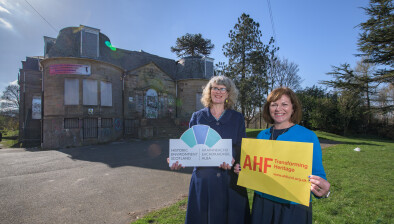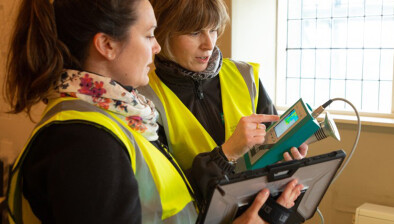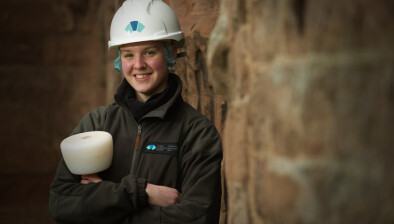Grants available to support traditional skills and historic buildings
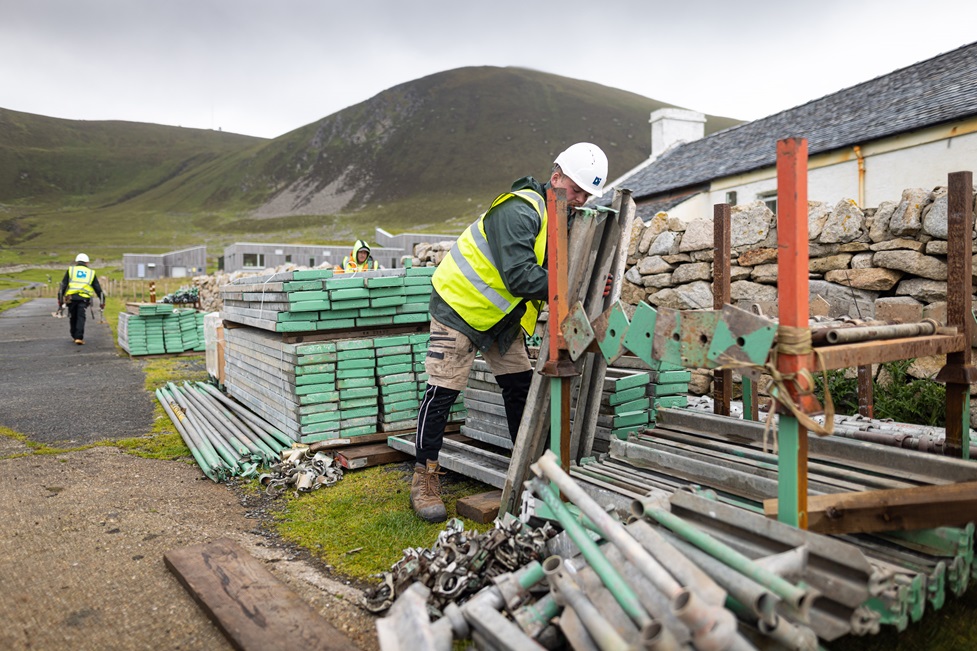
The transportation of materials for the St Kilda project has taken months of planning ©National Trust for Scotland
Organisations are being encouraged to apply to Historic Environment Scotland (HES) grants and funding schemes which aim to showcase the importance of heritage assets through projects that promote and protect Scotland’s tangible and intangible historic environment.
HES offers grants and funding through its Historic Environment Grants Programme, Partnership Fund and Heritage & Place Programme, last year investing £13.77 million into a range of Scottish heritage projects.
The Historic Environment Grants (HEG) Programme has seen funding secured for a range of projects, such as the National Trust for Scotland’s ‘St Kilda Kirk: The Church on the Edge of the World’. The project aimed to repair the remains of a nineteenth century kirk and schoolroom located on St Kilda, a UNESCO World Heritage Site of natural and cultural significance.
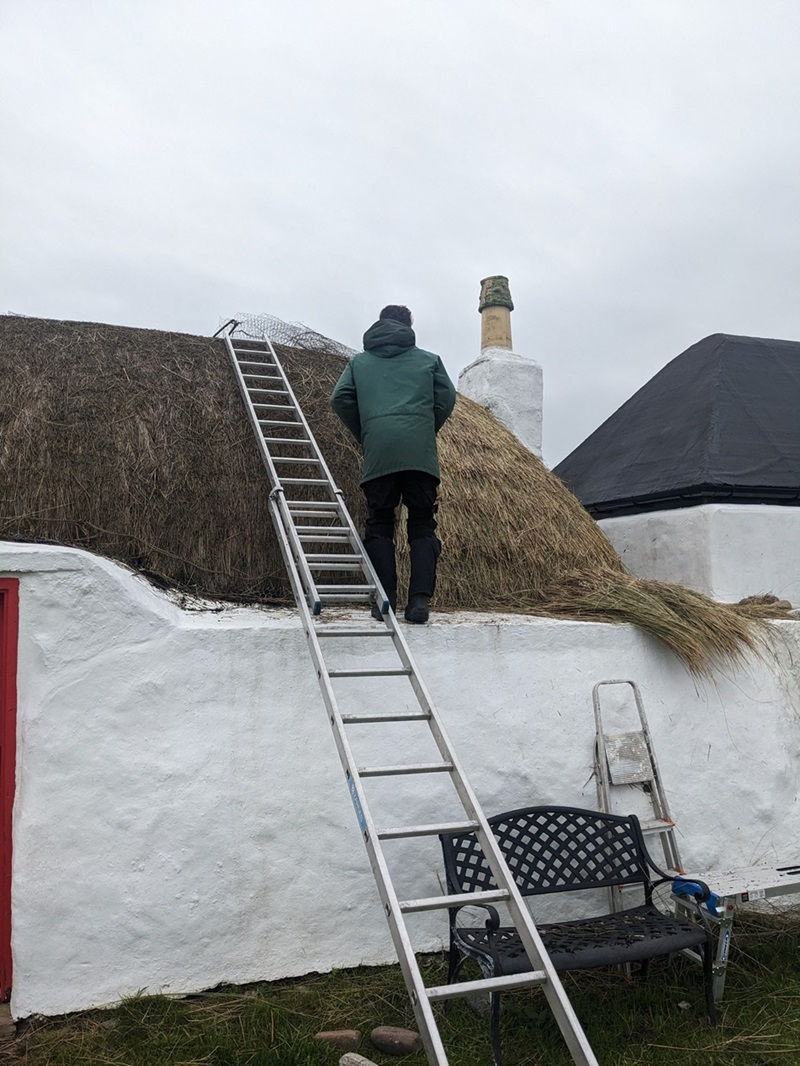
The Old Thatch in Tiree ©Jo Vale
An award of over £97,500 in funding allowed the essential conservation work to be carried out using specialist contractors and traditional skills to make the buildings more resilient to the effects of climate change. The conservation of these buildings ensures future generations will continue to benefit from an understanding of the lives and experiences of those who once called St Kilda home.
The HES grant-funded project to repair 9 High Street in Whithorn, carried out by The Whithorn Trust, focuses on training young people in traditional skills and using these to restore and protect the building.
The re-thatching of The Old Thatch, a property on the Isle of Tiree, saw Intangible Cultural Heritage in action. This project was awarded funding to provide urgent repairs to a property on the most westerly of the Inner Hebrides islands, employing the skills of a traditional thatcher who used locally sourced and sustainably harvested materials including local marram grass.
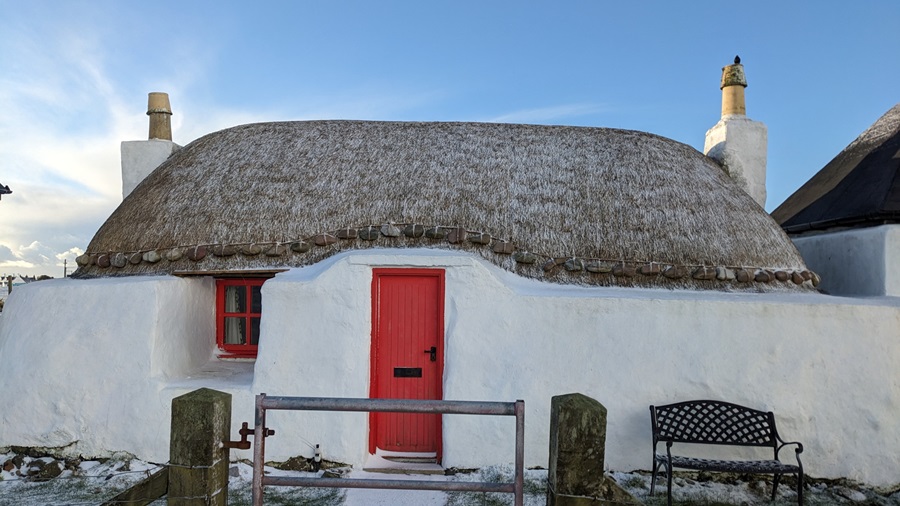
The Old Thatch completed ©Jo Vale
Expressions of interest are now open for the Heritage & Place Programme, an area-based funding programme that aims to contribute to the development of vibrant and sustainable places in Scotland, through community-led regeneration of the historic environment.
Dr Susan O’Connor, head of grants at HES, said: “Through our grants and funding schemes, we’re able to support an incredibly wide range of projects that span building conservation, traditional skills education, economic growth for local communities and much more.
“I’d like to encourage communities, organisations and individuals to explore our grants schemes and put forward their projects for consideration. Grants are a vital way to protect our historic environment and conserve it for future generations, helping to showcase that heritage matters to individuals, wider communities and the places we live. This in turn supports local economies, champions traditional skills and reinforces a sense of place rooted in our heritage sites. Heritage is for all, and our goal is to ensure the conservation of that heritage for future generations.”
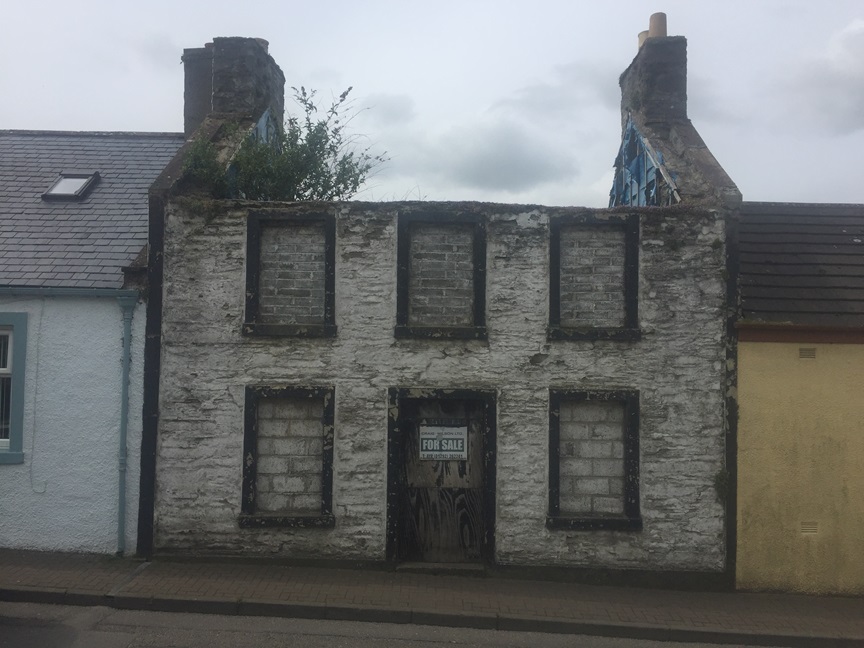
No. 9 High Street ©The Whithorn Trust
Julia Muirwatt, chief executive at The Whithorn Trust, a past recipient of grant funding, said: “The Whithorn Trust was delighted to receive a repair grant from Historic Environment Scotland for their No. 9 High Street project, a building dating from 1765 and roofless for the last 40 years.
“The project is a partnership with our youth training partners, Building Futures Galloway, involving the conservation-standard repair of this small stone-built Georgian property, and represents a major milestone in the training and experience of ten young people employed by the organisation. The building offers the complete gamut of skills at real scale, from foundations to rebuilding complete masonry walls, a hand-hewn roof from local timber, and traditional slater work.
“The funding contribution from HES was a key part of the support package, along with the Heritage Lottery Fund and Dumfries and Galloway Council and has enabled the restoration of a building within our Outstanding Conservation Area. We hope the young people move on from this to larger conservation projects, accumulating evidence for their skills portfolios and accredited learning.”











